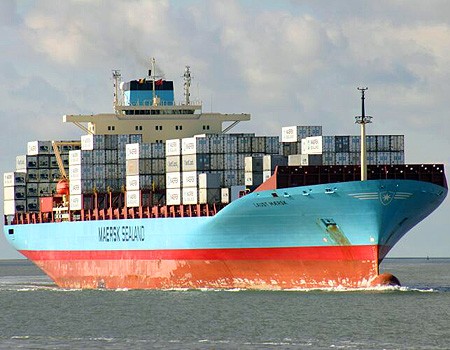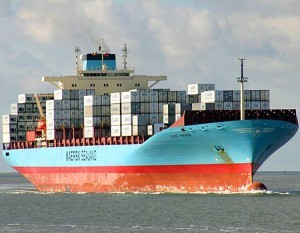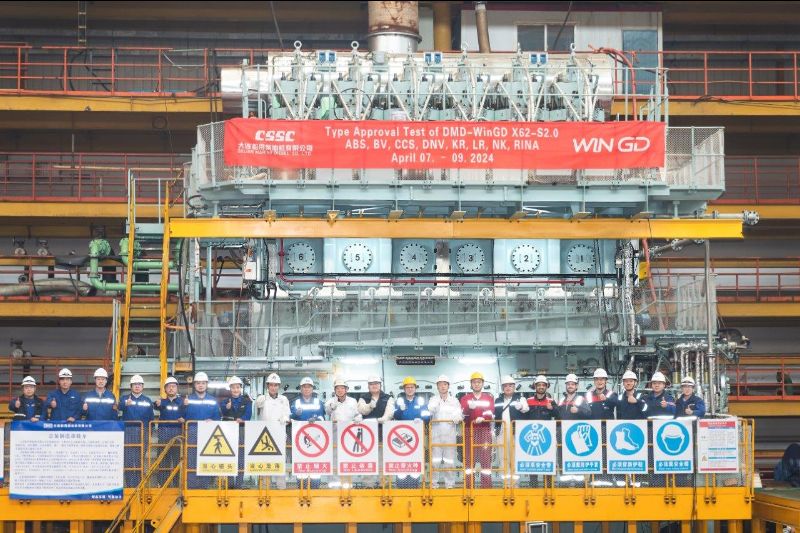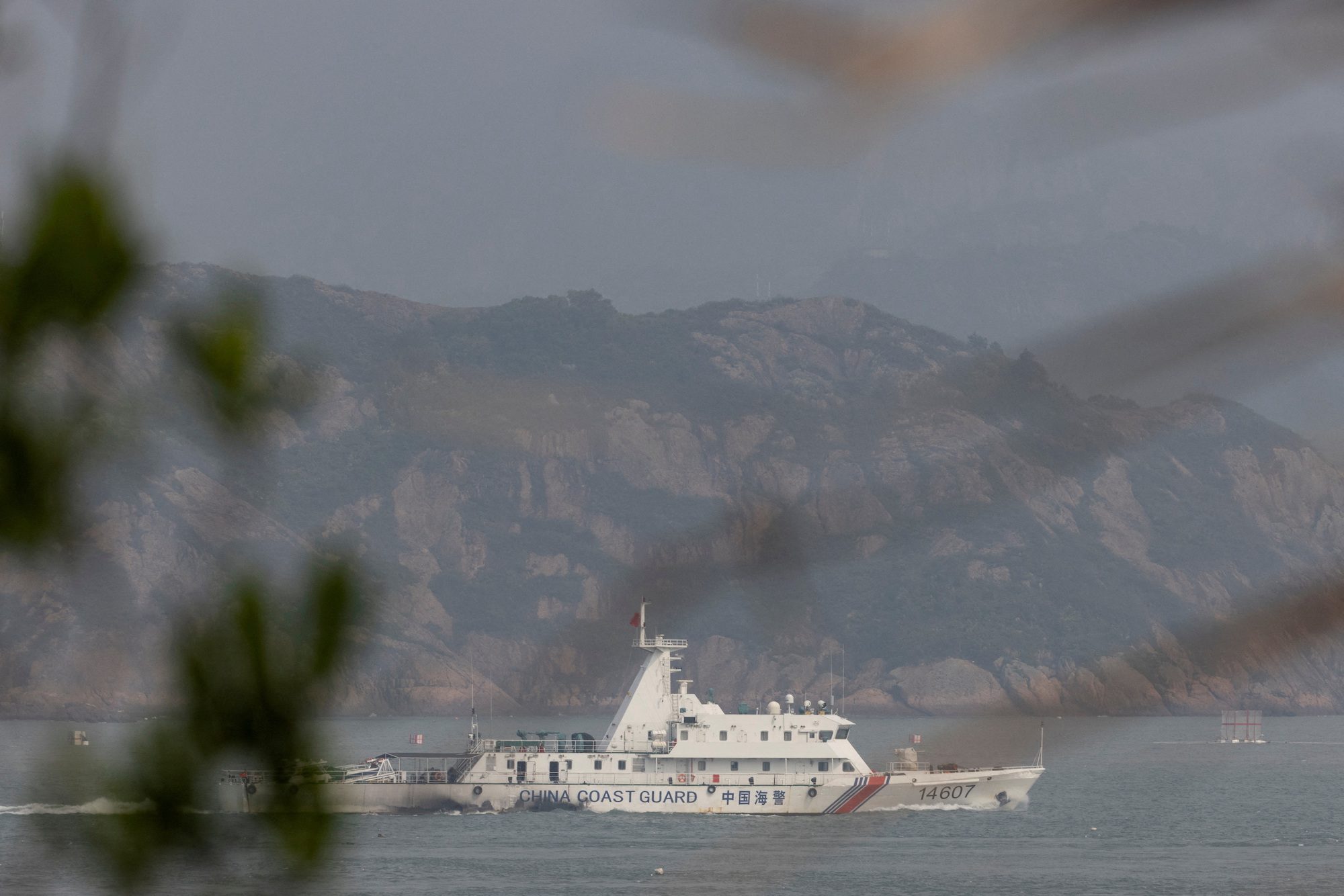
Shipping Industry Survey: Confidence low on rising fuel costs and overtonnaging
 Confidence dips to two-year low as concern mounts over rising fuel costs and overtonnaging
Confidence dips to two-year low as concern mounts over rising fuel costs and overtonnaging
The latest Shipping confidence survey from accountant and shipping adviser, Moore Stephens, reveals that overall confidence levels in the shipping industry dropped for the fourth successive quarter in the three months ended May 2011, to reach their lowest level for two years.
The threat posed by overtonnaging was the single most dominant theme running throughout the responses to the survey, which also revealed a high level of concern about continuing rises in the cost of marine fuels.
In May 2011, the average confidence level expressed by respondents in the markets in which they operate was 5.6 on a scale of 1 (low) to 10 (high), compared to 5.8 in the previous survey in February 2011. This is the lowest figure recorded since May 2009, when confidence stood at 5.5.
Confidence fell most noticeably on the part of charterers (down from 5.8 to 5.4), followed by managers, down from 6.0 to 5.8, and brokers (5.2 to 5.1). Geographically, confidence was lowest in Europe, falling from 5.6 to 5.5, but Asia recorded a bigger drop in confidence this time (down from 6.0 to 5.7)
The mood among respondents was noticeably downbeat. “The key word for most companies right now is ‘survival’,” noted one respondent, while another pointed out, “Increasingly, companies would rather shut down operations than risk losing even more money in the current climate.”
A number of respondents expected the current slump in confidence to persist for some time. “The shipping market will be severely depressed for the next three years,” said one, with another predicting that the markets would not pick up “for the next two years”. Neither could respondents see any realistic prospect of spending their way out of the current downturn. “Financing new projects is becoming harder and harder because of the lack of confidence shown by the banking sector,” said one, with another pointing out, “Owners are running out of cash at a time when the markets remain poor, and are likely to weaken further. We can expect to see a rise in bankruptcies and arrests as the ability of the banks to restructure becomes more constrained”.
Not all respondents took such a pessimistic view. One thought that all maritime sectors would start to pick up “in the last quarter of 2011”, while elsewhere it was noted that “shipping freight rates will revive worldwide and regionally, starting in 2012”. But the overall mood was rather less optimistic, with particular concern focusing on overtonnaging. “The severe oversupply of tonnage in every sector is biting hard,” said one respondent, “and supply will remain ahead of demand for at least a couple of years”. Another remarked, “Too much yard capacity will result in an adverse oversupply of tonnage”.
Some respondents concluded that the only viable answer to the oversupply issue was demolition. “Given the current almost stagnant economic conditions in much of the developed world, and the oversupply of tonnage,” said one, “the main hope for any upward movement is the demolition market.”
The survey revealed a high level of concern about rising fuel prices. “Increases in the price of diesel have a very negative influence on our trades,” noted one respondent, “and if they continue the consequences will be catastrophic”. Another emphasised, “Freight rates are low and fuel costs are high, so confidence is low”.
Expectations on the part of respondents of making a major investment or significant development over the next twelve months fell from 5.7 to 5.6. Owners’ expectations held at 6.0 but, in all other categories of respondent, expectations were down on last time – in the case of managers from 5.7 to 5.5, and on the part of charterers from 6.1 to 6.0. The gap between owners and charterers has closed. In May 2008, when the survey was launched, charterers’ expectations stood at just 4.8, compared to the 6.3 recorded by owners. Now, both stand at 6.0.
For the first time in the life of the survey, finance costs were displaced overall as one of the top three factors which respondents expected to influence performance most significantly over the next twelve months. Demand trends and competition remained the top two factors, as they have been since the survey was launched, but this time fuel costs made their debut in the top three, pushing finance costs down to fourth spot. The number of respondents overall who identified fuel costs as a significant performance-influencing factor rose from 11% to 16%. For both owners and charterers, fuel costs figured in the top three and, in the case of charterers, occupied first place. Finance costs, meanwhile, dropped overall from 16% to 14% as a significant performance-affecting factor among respondents overall. Geographically, the most significant movements came in Europe and North America, where demand trends were cited by 27% and 30% of respondents respectively, as opposed to 23% and 24% last time.
Expectations of an increase in finance costs remained unchanged from the previous survey, at 59% overall, but this is nevertheless 13 percentage points up on the 46% recorded in May 2009. While the number of owners anticipating an increase in finance costs rose from 59% to 62%, the reverse was true for managers and charterers, with expectations there falling from 59% to 56% and from 58% to 55% respectively. This time, just 9% of charterers expected finance costs to fall, compared to 13% in the previous survey and contrasting sharply with the 25% of like mind two years ago.
Geographically speaking, the number of respondents in Europe expecting their finance costs to increase remained unchanged at 58%, and in Asia the numbers fell from 64% to 62%. In North America, however, there was a marked fall from 64% to 42%, which may say more about the dollar than anything else.
So far as the markets are concerned, the numbers of respondents expecting rates in the tanker sector to increase over the next twelve months was down overall from 46% to 44%. The expectations of owners and charterers contrasted significantly in this respect. The number of owners anticipating higher tanker rates rose to 50% from 43% last time, while for charterers there was a 31 percentage-point fall, from 61% to 30%. The number of mangers expecting higher tanker rates, meanwhile, also fell, from 50% to 45%.
In the dry bulk sector, the number of those expecting higher rates fell from 38% to 37%. The number of owners anticipating higher dry bulk rates fell from 43% to 41%, while the number of charterers of like mind fell from 31% to 18%. The number of charterers expecting lower dry bulk rates, meanwhile, rose from 26% to 40%, while the number of owners with similar expectations dropped from 26% to 17%. For managers, the expectation of higher dry bulk rates rose from 39% to 42%. Geographically, expectations of higher dry bulk rates were down in Europe (from 36% to 31%) and up in Asia (from 42% to 45%).
In the container ship market, meanwhile, all the indicators were down. Overall, 42% of respondents, as opposed to 49% in February 2011, expected container ship rates to go up in the next twelve months. In the case of owners, the number of respondents expecting an increase was down from 56% to 40%, and charterers were thinking along the same lines (down to 29% from 40% last time). Managers, meanwhile, remained unchanged at 47%. Geographically, expectations of higher box ship rates fell in Asia (from 47% to 41%) and in Europe (51% to 44%), while in North America the numbers were down from 40% to 32%.
Moore Stephens shipping partner, Richard Greiner, says, “It is disappointing to find that confidence in the shipping sector has dropped to a two-year low. The dip in confidence can be attributed to both external factors and to industry concerns.
“Externally, we are seeing a reaction to political unrest in various parts of the world, and to a number of natural disasters. The full impact takes a little time to feed through into our findings. The rise in fuel prices was a major factor in influencing the thoughts of our respondents. Depending on which reports you read, and where in the world you bunker your ships, fuel prices have gone up by around 50% over recent months. It will take a lot of slow steaming – if indeed that is the answer – to address this particular issue.
“Once again, it was the threat to profitability posed by overtonnaging which most frequently exercised the minds of those who responded to the survey. Only time will tell how this will play out, but it was noticeable that a number of respondents referred to the important role that shipbreaking could play over the next couple of years. This is the ultimate extreme solution to the problem but it will never address the true volume of tonnage overhang, especially since demolition prices in Asia appear to be on the slide, to the disappointment of owners hoping to cash in on healthy prices for their old ships.
“Unsurprisingly, expectations of rate increases in the three main tonnage categories covered by the survey are down. And the gap between owners’ and charterers’ aspirations is, in some cases, widening, particularly in the tanker sector where 50% of owners anticipate an increase in rates over the next twelve months, compared to just 30% of charterers. This gap of twenty percentage points contrasts sharply with the situation just six months ago, when the expectations of owners and charterers more or less coincided. This should make for some interesting negotiations over the coming months and, presumably, an increase in work for the broking community.
“One thing that owners and charterers do currently agree on, however, is the likelihood of their making a major investment over the next twelve months. Two years ago, there was big gap between the two, with owners much more confident than charterers. Now the gap has closed completely, and both owners and charterers currently rate the likelihood of spending some money on a new venture at six out of ten.
“On reflection, that is not unduly negative. Now may be a good time to buy for those who can put the finance in place to fund a viable venture. We will see what our next survey brings. Three months is a long time in shipping.”
Source: Moore Stephens LLP

Subscribe for Daily Maritime Insights
Sign up for gCaptain’s newsletter and never miss an update
— trusted by our 109,128 members

Get The Industry’s Go-To News
Subscribe to gCaptain Daily and stay informed with the latest global maritime and offshore news

 Join The Club
Join The Club








